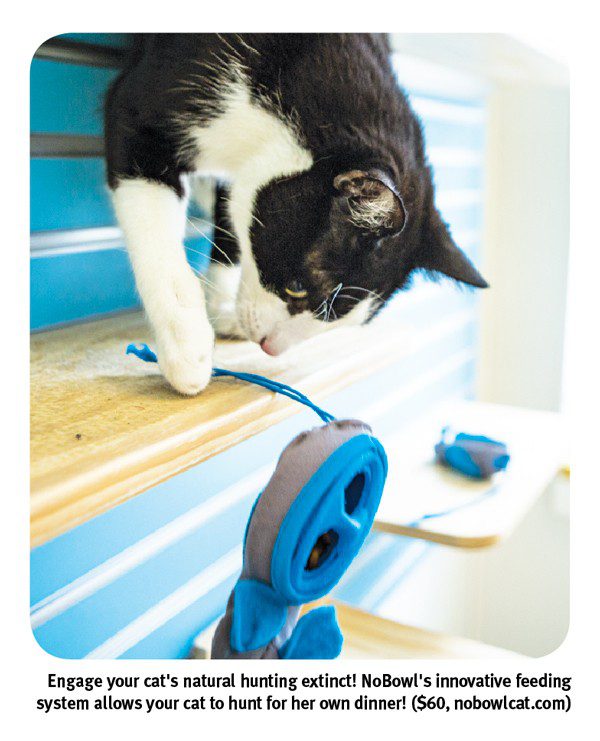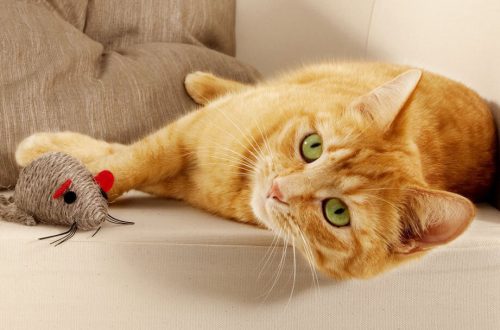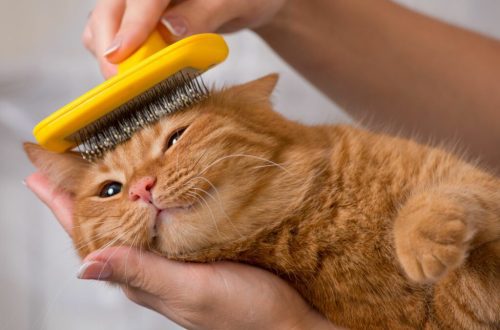
Ny tontolo iainana manankarena ho an'ny saka: inona no tokony ho ao an-trano?
According to statistics, in the UK, the majority of domestic cats have access to the street (Rochlitz, 2005): this is considered to be natural for cats. In the US, 50-60% of cats spend their entire lives in the home (Patronek et al., 1997). American veterinarians strongly recommend that owners keep cats at home (Buffington, 2002), as do many shelter staff. And in some areas of Australia, experts have expressed concern that cats walking by themselves are harmful to the environment, there is even a law passed that restricts, and in some places completely prohibits the free range of cats.
Indeed, a free-range purr comes with huge risks, so it is prudent to either keep the cat indoors or walk it in a safe, securely fenced area or on a leash. On the one hand, this seems to be contrary to the concept of 5 freedoms, in particular, it seriously limits the freedom to exercise species-typical behavior. But on the other hand, free range (and the risks associated with it) does nothing to compensate for poor conditions of detention and, in turn, is in no way consistent with freedom from injury and disease.
What to do? Can a cat thrive if it spends its entire life indoors?
Maybe if you create an enriched environment for her. So how do you create an enriched environment for an indoor cat?
- Scientists who have studied the behavior of cats recommend that the purr should have access to at least two rooms (Mertens and Schär, 1988; Bernstein and Strack, 1996).
- If there are several cats, each of them should have minimum 10 sq.m spaces (Bernstein and Strack, 1996). In this case, there is a chance that each of the cats will be able to find a suitable corner for relaxing or playing at any time, and they will not conflict. According to a study (Barry and Crowell-Davis, 1999), most of the time cats keep a distance of 1 to 3 meters or more from each other, and they should be able not to reduce this distance.
- However, not only the area of u1989bu1992bthe room is important, but also the quality of its filling. Cats are active and love climbing (Eisenberg, 1993), and thus the “top tiers” as vantage points and safe havens (DeLuca and Kranda, 1995; Holmes, XNUMX; James, XNUMX). Purrs need to be equipped “second” and even “third” floors. These can be special devices that are sold in pet stores, as well as shelves, window sills and other suitable surfaces.
- Most of the day, cats sleep or rest, which means that it is necessary to equip them with comfortable sleeping quarters with comfortable surfaces such as pads (Crouse et al., 1995) or soft cloth (Hawthorne et al., 1995). Since cats like to rest alone rather than in the company of other animals (Podberscek et al., 1991), there should be enough sleeping places in the room (standard formula: N + 1, where N is the number of animals in the house).
- Sometimes cats feel the need to hide, including to avoid contact with other animals or people, as well as in any stressful situations (Carlstead et al., 1993; James, 1995; Rochlitz et al., 1998). According to a study (Barry and Crowell-Davis, 1999), cats spend 48-50% of their time hiding from prying eyes. Therefore, in addition to the usual sleeping places, “shelters” are needed where purrs can hide. Schroll (2002) believes that a house should have at least two “shelters” per cat. This helps prevent a lot of behavioral problems.
- The house should have enough trays (standard formula: N+1, where N is the number of cats in the house) located away from rest and feeding areas. Trays should be placed in quiet places and cleaned at least once a day. Keep in mind that different cats have different preferences for litter, and these preferences must be taken into account. As with preferences regarding the design of the “toilet” (open or closed).
- It is very important for a cat to be able to control the environment and not get bored (Broom and Johnson, 1993, pp. 111–144). Although staying in a house can be boring if the owner does not provide enough variety (Wemelsfelder, 1991), cats also dislike excessive unpredictability, such as the introduction of unfamiliar animals and people or sudden changes in daily routine (Carlstead et al., 1993). A cat’s response to the amount of stimulus or change depends on many factors, including the cat’s temperament (Lowe and Bradshaw, 2001) and life experience. It is advisable to avoid extremes, but at the same time give the cat the opportunity control the conditions of life and make choices (for example, choosing different toys or food options).
- A cat is a born hunter, which means it should be able to demonstrate this behavior. For example, in hunting simulation games (ambushes, tracking and capturing prey, etc.)







